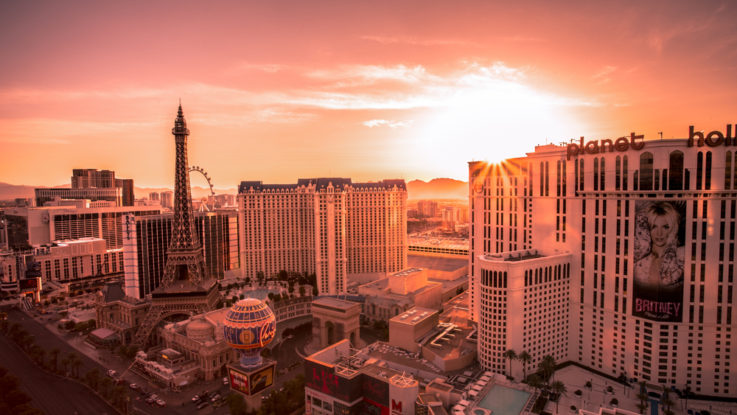
As part of Las Vegas, Nevada’s overall heat mitigation and urban resilience strategy, the city is launching the City of Las Vegas Tree Initiative to combat the urban heat island effect. According to a 2019 Climate Central report, Las Vegas is the fastest-warming city in the U.S. – with communities such as East Las Vegas experiencing higher temperatures than other neighborhoods because of urban heat island effects. Urban heat islands experience higher temperatures due to the abundance of blacktop and pavement, and are exacerbated by the overall increase in temperatures due to climate change.
A recent study by American Forests examined tree canopies across the U.S. and found that neighborhoods with a majority of people of color have 33% less tree canopy on average than majority white communities. It also found neighborhoods with 90% or more of their residents living in poverty have 41% less tree canopy than communities with only 10% or less of the population in poverty.
The City of Las Vegas Tree Initiative plans to plant about 60,000 trees across the city by the year 2050. The initiative is being financially supported by private sector donations to the Mayor’s Fund for Las Vegas LIFE – a non-governmental organization coordinated by the city and financially administered by the nonprofit Nevada Community Foundation. This month, The Howard Hughes Corp. donated $25,000 to the campaign to fund more than 60 mature, park-ready trees that will be planted this year.
“We are honored to support this campaign to fund more trees in areas of the city of Las Vegas that need them most,” said Kevin T. Orrock, president, Las Vegas Region, The Howard Hughes Corp. “We know firsthand how important trees and landscaping are for not only promoting good health but for building a sense of community pride, natural shade and cleaner air quality. We encourage others in the valley to join us by supporting this worthwhile initiative that will create more equitable tree canopies throughout the city.”